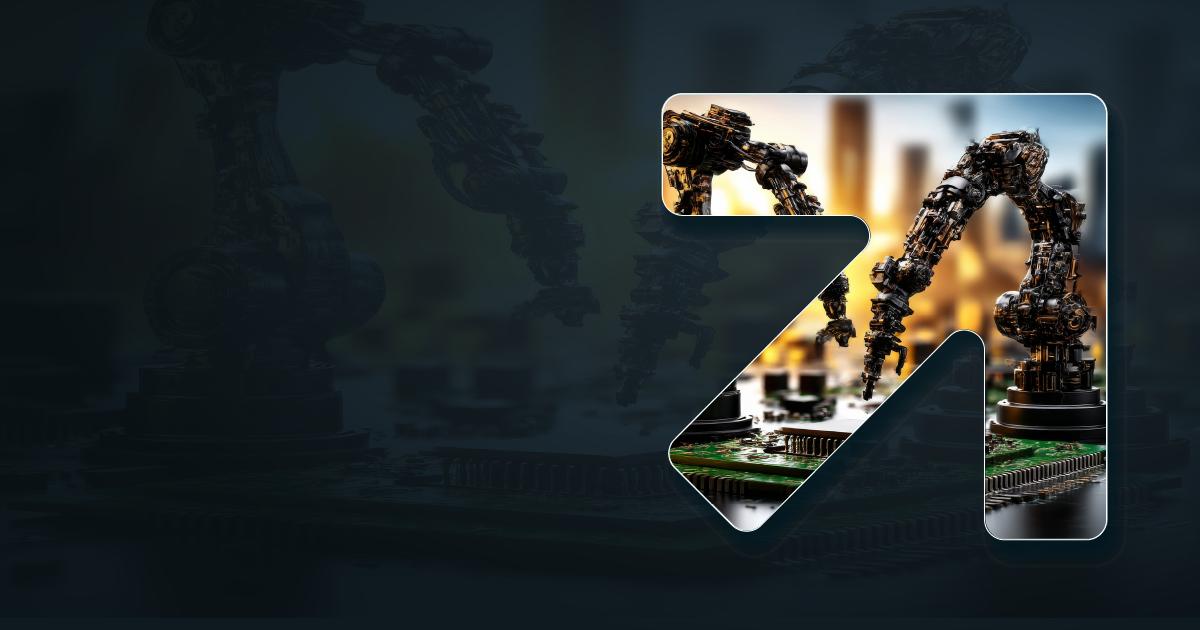July, 2025
The pressure to become faster, leaner, and smarter is common to all public and private organizations. Yet many struggle to innovate because they are burdened by a legacy application landscape that’s too complex, too costly, and poorly understood. That’s where application rationalization comes in.
Application rationalization is the process of identifying which applications to keep, replace, retire, or consolidate. Done right, it provides the visibility needed to reduce costs, eliminate redundancies, and make better investment decisions. But it’s not just about trimming the fat. It’s about gaining control over your application ecosystem so you can scale innovation with confidence.
Why you should care
Over time, organizations naturally accumulate software. Mergers and acquisitions, changing business needs, and departmental purchases often result in duplicated functionality, shadow IT, and misaligned systems. Large enterprises can have hundreds (or thousands!) of applications, many of which are outdated, underused, or completely unknown to IT.
Maintaining these systems is costly. It drains operational budgets, increases risk, and slows down change. Worse, it becomes nearly impossible to plan cloud migrations, integrate new AI capabilities, or adopt modern architectures when the existing portfolio is a black box.
Application rationalization helps cut through this complexity, enabling organizations to:
- Understand the business value and technical health of each application
- Identify opportunities for cost reduction and efficiency gains
- Improve cybersecurity posture by reducing the attack surface
- Support strategic planning with accurate data
Where to start
The biggest challenge is usually knowing where to begin. That’s why Link Consulting recommends a structured, data-driven approach:
- Inventory and discovery: The first step is building a complete inventory of all applications. This includes gathering metadata (ownership, costs, technologies, integrations) and usage insights.
- Classification: Group applications based on their purpose, lifecycle, user base, and criticality. Tools like SAP LeanIX allow this classification to be visual, collaborative, and dynamically updated.
- Evaluation: Assess applications using objective criteria like business fit, technical condition, operational risk, compliance, and cost. This is where value-based scoring models and stakeholder input are critical.
- Decision-making: With a clear picture, organizations can make decisions: decommission, consolidate, replatform, or modernize. These decisions should be linked to business capabilities and future-state architecture.
- Roadmap and execution: Application rationalization is a continuous discipline. A roadmap ensures that actions are prioritized, resourced, and aligned with broader transformation goals.
The role of Enterprise Architecture
Application rationalization is not an IT-only initiative. It demands collaboration between business and technology teams. Enterprise Architecture (EA) acts as the bridge.
Frameworks such as TOGAF, BIAN (for banking), or IT4IT help standardize how applications are mapped to business processes and capabilities. They create a shared language, enabling better alignment and decision-making.
At Link Consulting, the EA practice helps:
- Align rationalization with strategic business objectives
- Provide governance to avoid re-accumulation of unnecessary systems
- Use modeling and simulation to test impact of changes
- Establish metrics for continuous improvement
Tools that make it happen
Digital tools play a vital role in making application rationalization real. Link uses platforms such as SAP LeanIX and Atlas to:
- Build and maintain a live inventory of applications
- Visualize dependencies, redundancies, and risks
- Integrate with CMDBs, ERP, and cloud platforms
- Generate automated reports for stakeholders
This allows clients to move beyond Excel sheets and one-time assessments, toward real-time decision support.
Beyond cost savings
While reducing costs is often the first driver, the true benefits of application rationalization go deeper:
- Increased agility: With a streamlined application landscape, teams can launch new services faster.
- Better user experience: Consolidation often leads to more coherent workflows and interfaces.
- Cloud-readiness: Rationalized systems are easier to rehost or refactor for cloud environments.
- Improved compliance: Knowing what you have helps demonstrate regulatory adherence.
- Data-driven innovation: Removing silos allows for better data integration and AI enablement.
A real-world perspective
In a recent engagement, Link Consulting supported CGD to rationalize a portfolio exceeding 700 applications. Typically, we see organizations that implement this type of project:
- Optimized portfolio: -20% applications and -15% SaaS costs
- Operational efficiency: +43% automation, -40% execution times
- More agile and reliable processes: +25% accuracy, +30% agility
- Reinforced governance: +60% speed in compliance, 90% traceability
- Time-to-value: complete setup in 1 month with LinkStart
These outcomes are only possible through a combination of architecture discipline, stakeholder engagement, high expertise, and technology enablement.
Application rationalization is a strategic enabler for digital transformation, cloud adoption, and AI-readiness. It empowers organizations to move with clarity and confidence, freeing resources that can be reinvested into innovation.
Link Consulting helps clients turn complexity into clarity. Through proven methodologies, reference architectures, and market-leading platforms, we make rationalization practical and impactful.
If it’s time to clean up your application landscape, contact us and let’s build the foundation for the future together.



